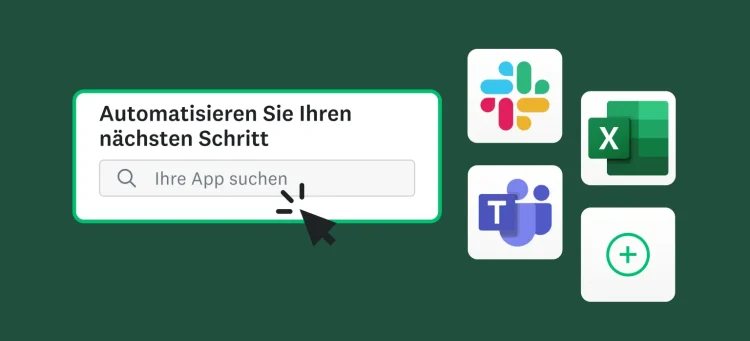It’s a fact that people are relying increasingly on their mobile devices and smartphones for everything from shopping for the perfect gift to finding the perfect restaurant. Last fall, Apple announced that consumers now have 1 million apps available to choose from in their App Store. Optimizing for mobile has become a top priority for many businesses in order to keep up with this evolving trend.
As you design your next SurveyMonkey survey, keep in mind that many of your respondents may be taking it on the go while on their phone or tablet. Ever wonder what kinds of things can impact your mobile survey’s completion rate? We’re here to share a few of the things we’ve observed as well as some quick tips to help optimize your survey for those folks who are away from their desktops.
Let’s take a look!
The first thing you might assume about your survey’s length is that the longer it is the less likely a person will complete it if they’re on a mobile device. However, this isn’t necessarily the case. We’ve learned that the number of questions on the survey does not impact the completion rate for people who complete the survey on mobile vs. non-mobile. Whether you have five, fifteen, or thirty questions in your survey, the device that the survey taker is using does not impact whether they will complete it.
The same is true about the number of pages. The real impact lies in how many questions are on each page. There is a point where scrolling on a mobile device negatively impacts completion rate more so than going to the next page. So keep it “scroll-lite” and resist the urge to make your survey so long that respondents find themselves getting a thumb-ache.
Another tip to keep in mind when creating a mobile-friendly survey are the question types. Adding a multiple choice question has a positive impact on mobile completion rates because this question type makes it easier for people to answer when taking on a smaller screen, and while balancing coffee in the other hand!
As you can probably guess, using essays and open response question types (where a keyboard really comes in handy) have a negative impact on mobile survey completion rates. Similarly, complex matrix and image question types can also be tough for survey takers on the go. What about the demographic question type? Good news. There’s minimal impact on mobile vs. non-mobile completion. The success of completion with these question types is more dependent on whether your respondent wants to provide this information–name, address, age, etc.
All in all? In addition to following general survey best practices, our main recommendations for giving people a great survey-taking experience on mobile is to limit the number of questions per page and limit question types to simple multiple choice questions. If neither are options this time around? Consider increasing the number of people you’re asking to take your survey and then allow for more time to get you that magic number of responses.
Looking for more tips on mobile? Let Kelsey know in the Comments section below!



